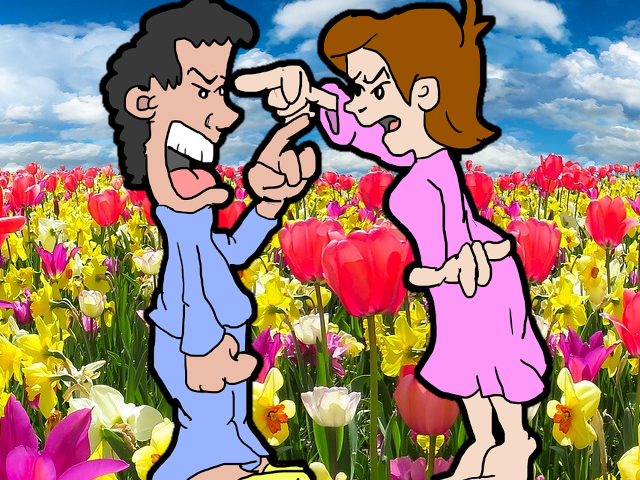Aggressors are not OK, and for them, no one else can be OK either. They need someone Helpless to persecute. The Aggressors hope in putting someone else down is as a vain attempt to feel a little better about themselves. And as this is only ever for just a moment, generally their harassment becomes more frequent and intense.
However, at some level within themselves they really do know the truth: that this momentary boost is usually only acquired through someone else’s fear of what might happen if they don’t give in to the Aggressor.
The Helpless is also not OK. The have to believe that the world is always mistreating them. They can’t have anyone else OK, either, since they would be forced to be aware that they could respond differently, or that someone might be able to help them if they could only find the courage to ask.
Helpless people really struggle with the idea that they are not alone when they fear someone or that they actually have the power to stop it—either by standing up and saying “No more!” to the tormenter, or by employing someone who can do it on their behalf.
And Martyrs are not OK, either. They need to be needed and feel they have no purpose in life if they are not doing something for someone else. Of course, they cannot have anyone else OK, either as there would be no one to need them, and then who would they be? How would they then define themselves if not as everyone’s right-hand?
Interestingly, the Aggressor seeks out a Helpless to bully, yet the Martyr seeks out a Helpless to rescue. The Helpless in turn seeks out Aggressors to bully them or Martyrs to rescue them. This fulfills the Helpless script beliefs that this is simply how life is to be for them. That is: they will never really find the knight in shining armor they are looking for and will actually be forever victimized by the aggressors of the world.
And the Martyr seeks out a Helpless to rescue while subconsciously never really wanting to make that happen in their desire to keep the Helpless forever dependent on them.
Indeed, anyone who assumes these roles as a principal game position wouldn’t know what their life purpose would be if they abandoned them. This keeps them fixed in the games they play, and they continue to feel unsatisfied and unloved, which is what their scripts would dictate is their lot in life.
| You will find no better examples of game theory than in every fairy tale ever written. |
Ever notice how life’s dramas are what make it exciting for so many? Drama sells magazines, movies, and romance novels. There isn’t a sitcom on television that isn’t based on it.
As an exercise check out your favorite sitcom or fairy tale from when you were a child and see if you can figure out what each of the character’s principal position is. One of my favorites was “Sleeping Beauty.”
Sleeping Beauty, an example of the Helpless
Princess Aurora is the classic Helpless as she falls prey to the spell of Maleficent, the wicked witch. It is cast upon the young princess at her christening. Maleficent is obviously an Aggressor. She declares that upon the princess’s sixteenth birthday, she will prick her finger on a spindle and die.
The good fairies, the first Martyrs in the story, are unable to take the spell from Aurora but are able to change it so that Aurora does not die but falls into a deep sleep, as does everyone in the castle—for a hundred years.
A hundred years later, a prince whose magical kiss can awaken the princess finds the castle covered in vines and briars. Prince Phillip soon comes to the rescue and becomes the ultimate Martyr, fighting the princess’s foes to get to her and save her.
With the antagonists killed, the spell is finally shattered by Phillip’s kiss. The princess wakes, and the overgrowth that had surrounded the castle falls away. Everyone in the castle wakes.
And, as all good fairytales must end, the prince and his princess live happily ever after. They are no longer Victims under the witch’s spell, but truly Victors, in a wonderful and happy new world.
Well maybe!
To the wonder of you,












Leave a reply